Understanding Sensor Thermal: Your Guide to Thermal Heat Sensors
Navigate the world of sensor thermal technology through this detailed guide, uncovering the profound impact of thermal heat sensors on safety, efficiency, and cost-effectiveness in various industries.
- 1. What is Sensor Thermal Technology?
- 2. Common Types of Thermal Heat Sensors
- 3. How Thermal Heat Sensors Work
- 4. Applications of Sensor Thermal Technology
- 5. Advancements in Thermal Heat Sensor Technology
- 6. Benefits of Using Sensor Thermal Technology
- 7. Challenges and Solutions in Sensor Thermal Implementation
- 8. Selecting the Right Thermal Heat Sensor
- Conclusion
- Call to Action
- Summary
- FAQs
- Q1: What industries benefit most from thermal heat sensors?
- Q2: How do thermal heat sensors save energy?
- Q3: What improvements are on the horizon for thermal sensor technology?
In the fast-paced world of technology, "sensor thermal" isn't just a buzzword; it's a cornerstone of innovation, particularly in industries that prioritize safety, efficiency, and precision. When we speak of a thermal heat sensor, we're talking about a device that has transitioned from a simple gadget to a critical component in various fields. This article delves deep into the intricacies of sensor thermal technology, helping professionals like us understand its application, benefits, and evolution. By the end, you’ll see how these sensors are indispensable in today’s technology-driven landscape.
1. What is Sensor Thermal Technology?
Sensor thermal technology revolves around detecting temperature changes through thermal heat sensors. These sensors convert thermal energy into an electronic signal, providing precise temperature readings. Such technology is vital in machinery and environments where temperature plays a crucial role.
2. Common Types of Thermal Heat Sensors
- Thermocouples: Known for their broad temperature range and adaptability, thermocouples are used in everything from household appliances to industrial machinery.
- Resistance Temperature Detectors (RTDs):These sensors offer high accuracy and repeatability, making them ideal for laboratory and medical applications.
- Infrared Sensors: Perfect for non-contact temperature assessment, infrared sensors are essential in environments where direct sensor contact is not feasible.
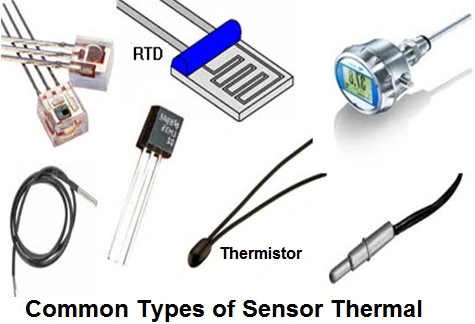
3. How Thermal Heat Sensors Work
A thermal heat sensor operates by measuring the radiant energy of objects within its vicinity. It converts this data into an electronic signal, which is subsequently processed to yield a temperature reading. This process allows for quick and accurate assessments, crucial in high-stakes scenarios.
4. Applications of Sensor Thermal Technology
- Industrial Safety: In manufacturing, thermal sensors monitor equipment to prevent overheating, reducing accident risks.
- Medical Field: Devices like infrared thermometers enable quick patient assessments without physical contact, safeguarding both patients and healthcare workers.
- Automotive Industry: Modern vehicles employ these sensors for climate control and engine management, enhancing fuel efficiency and safety.
- Home Automation: Thermal sensors help create energy-efficient smart homes by managing heating and cooling systems intelligently.
5. Advancements in Thermal Heat Sensor Technology
Recent years have seen significant advancements, including miniaturization and enhanced sensitivity. Innovations such as printed thermal sensors and flexible options enable applications previously thought impossible, expanding their utility in sectors like wearable technology and robotics.
6. Benefits of Using Sensor Thermal Technology
- Precision and Accuracy: Advanced sensors offer unparalleled accuracy, reducing errors and improving process outcomes.
- Energy Efficiency: By optimizing temperature control, these sensors significantly cut down on energy consumption.
- Cost-Effective Maintenance: Predictive maintenance enabled by thermal sensors minimizes equipment downtime, saving costs in the long run.
7. Challenges and Solutions in Sensor Thermal Implementation
While thermal heat sensors technology presents numerous advantages, challenges like interference from environmental factors and sensors calibration persist. Solutions include robust sensor shielding and the development of self-calibrating models to ensure consistent performance across varied conditions.
8. Selecting the Right Thermal Heat Sensor
Choosing the appropriate sensor depends on factors such as temperature range, environment, and accuracy requirements. Understanding these criteria ensures the sensor meets the specific demands of your application.
Conclusion
Sensor thermal technology is carving a niche in several industries by enhancing accuracy and efficiency. Understanding the types, applications, and benefits is vital for any professional aiming to leverage these innovative technologies. As sensor technology continues to advance, the future holds even more potential for optimizing and revolutionizing how we measure and respond to thermal changes.
Call to Action
Embrace thermal technology today and unlock its full potential in your field. Contact us to explore how incorporating cutting-edge sensor solutions can enhance your systems, improve safety, and drive efficiency.
Summary
Navigate the world of sensor thermal technology through this detailed guide, uncovering the profound impact of thermal heat sensors on safety, efficiency, and cost-effectiveness in various industries.
FAQs
Q1: What industries benefit most from thermal heat sensors?
Industries like manufacturing, healthcare, automotive, and home automation significantly benefit, seeing improvements in safety, efficiency, and cost savings.
Q2: How do thermal heat sensors save energy?
By providing precise temperature data, these sensors enable optimal heating and cooling control, thus reducing excessive energy consumption.
Q3: What improvements are on the horizon for thermal sensor technology?
Future enhancements include increasing sensor sensitivity, developing flexible sensor applications, and integrating with IoT for smarter automation systems.
© 2025 DXM Blog. All rights reserved.
Author: Ivan Huang
Recommended for you
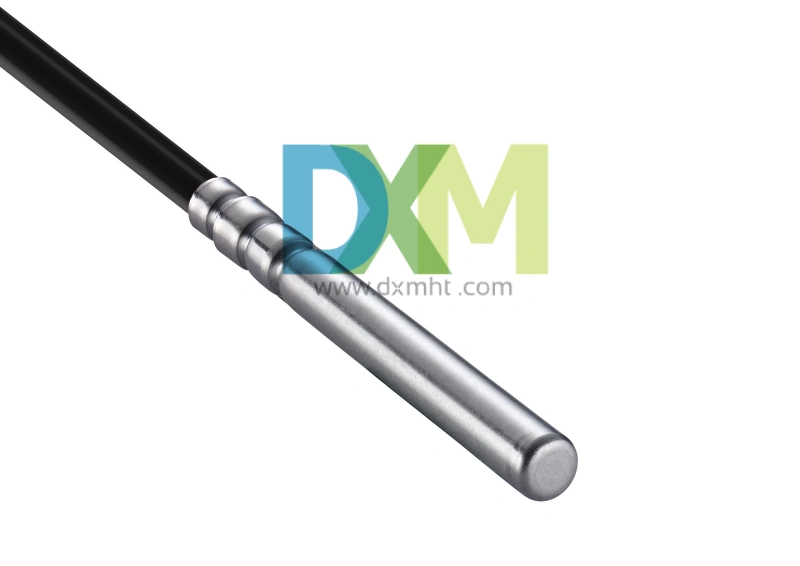
Water Temperature Sensor: The Key to Engine Health and Efficiency
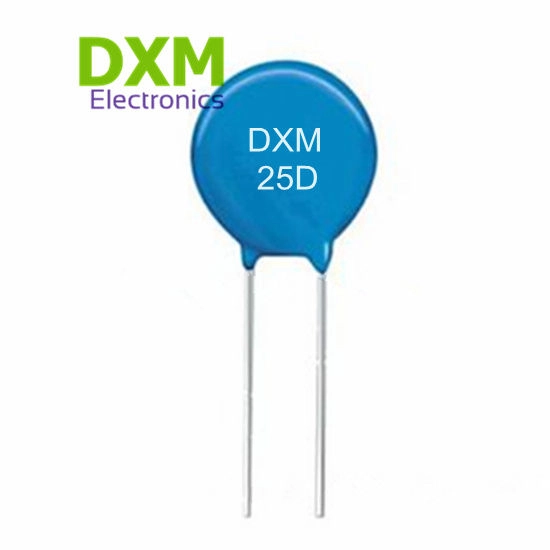
Lightning Surge Protection Varistor: Essential for Protecting Your Electrical Systems
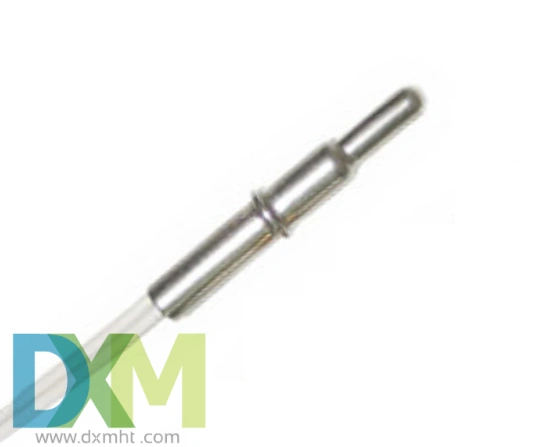
Water Temp Sensor: How to Test it for Reliable Performance?
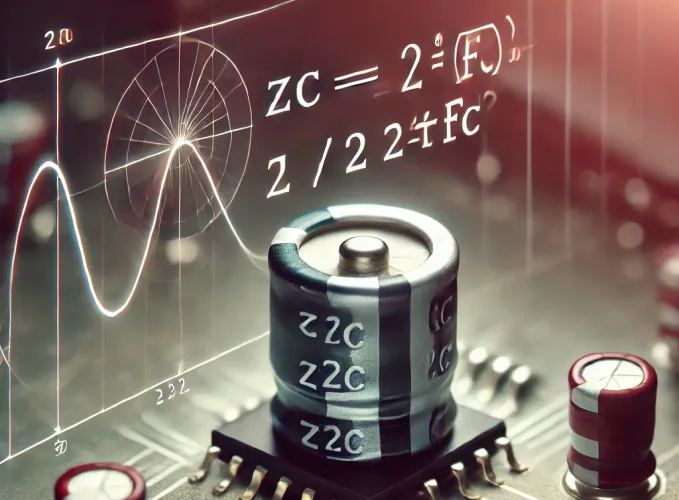
Capacitor Impedance: Calculation Guide & FAQs
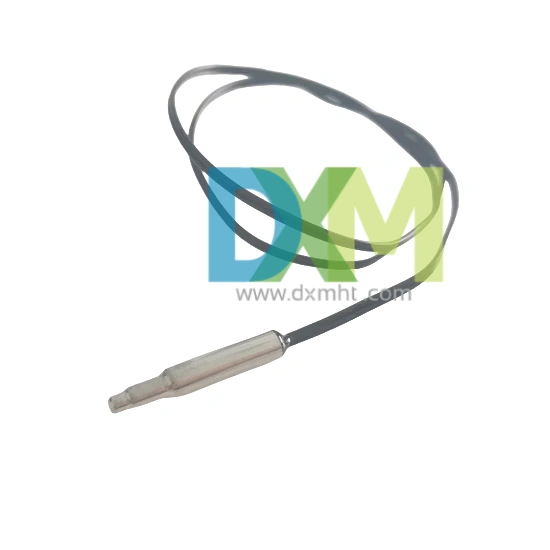
Temperature Probe Sensor: A Comprehensive Guide
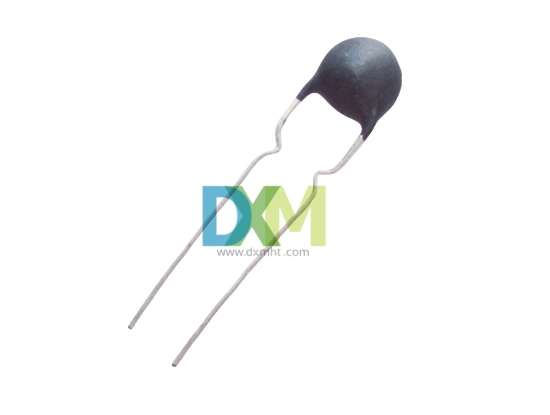
Termistor NTC: What Does a Thermistor Do?
Logistics
How to track my order?
You can track your order through our official website or the order number provided and learn about the logistics status and delivery progress of your order at any time.
Can I change my shipping address?
Yes, you can contact our customer service team to modify the delivery address before order confirmation to ensure that the order can be accurately delivered to the address you specify.
Is your logistics and distribution service reliable?
Yes, we cooperate with a number of well-known logistics companies to ensure the timeliness and reliability of logistics and distribution services and provide you with a satisfactory distribution experience.
Price and Payment
Are invoices provided?
Yes, we provide legal invoices that can be used for reimbursement and accounting records.
Customized Services
Custom-made sample/order
SHENZHEN DXM TECHNOLOGY CO., LTD. are structured by high-tech talents from famous university
in China and accompanied with a batch of ceramic-sensitive components experts and technology
specialist, have powerful R&D and technology capabilities.DXM is one of a few manufacturers
master core production technology of ceramic-sensitive components in the world.
Samples and orders can be custom-made per customer’s requirements, as below:
1. Application environment of product
2. Required specifications or technical parameters
3. Reference sample
4. Reference drawing
You may also like

KTY83-110 Sensor with Silicon Glass Thermistor

Bracket Type NTC Thermal Sensor MF52X for Precise Temperature Measurement
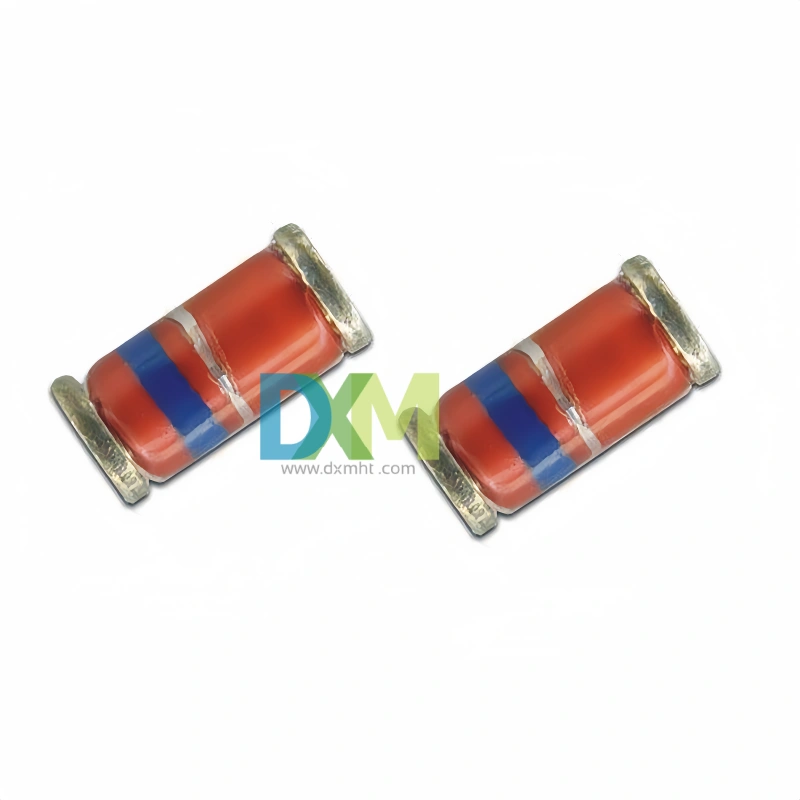
Glass Thermistors MF58E for High-Precision Applications
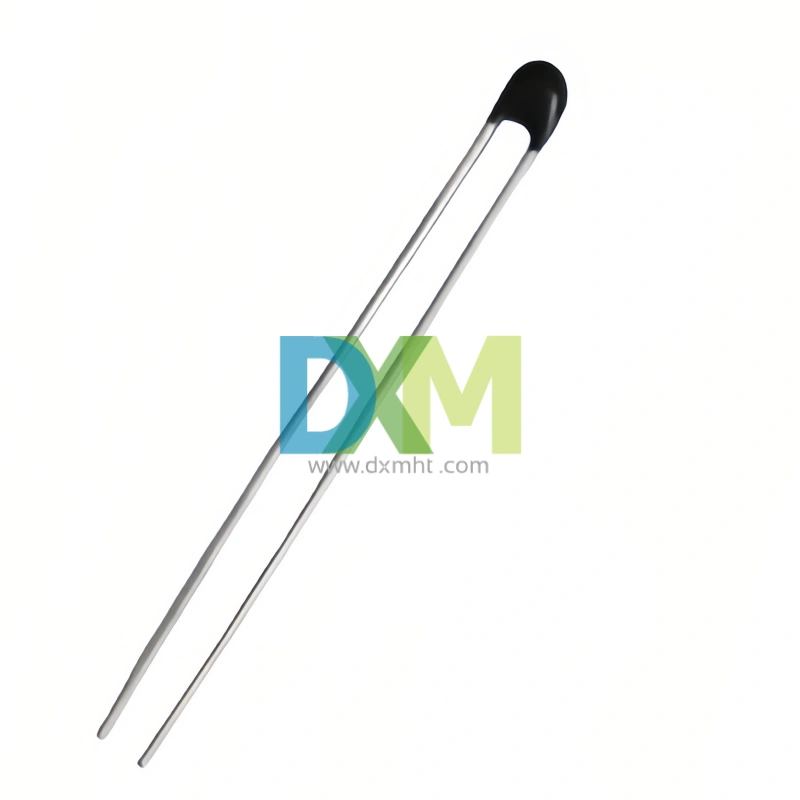
High Precise NTC Sensors for Temperature Measurement and Control
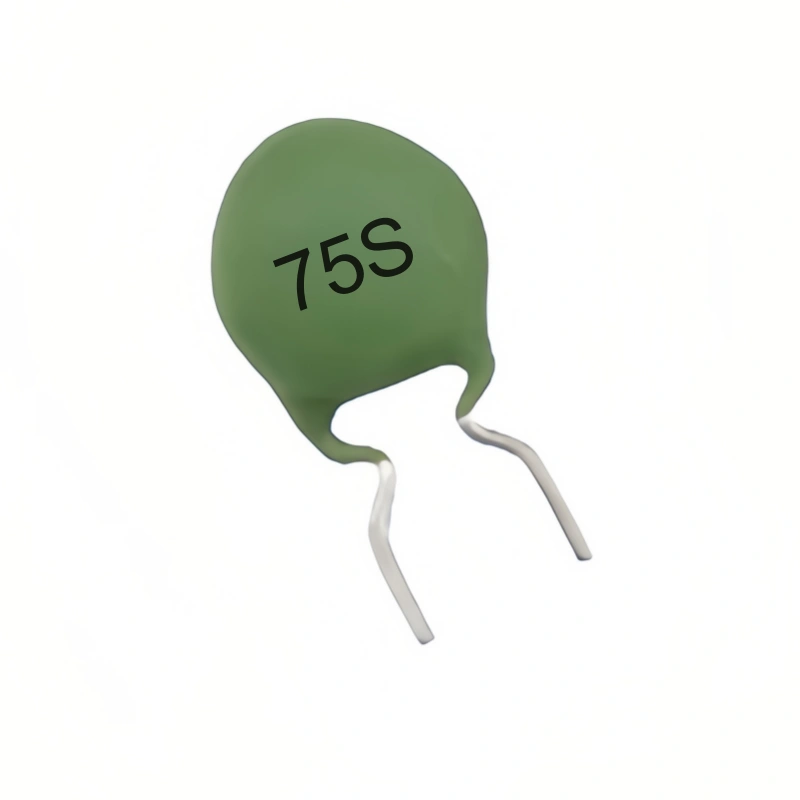
WMZ12A 75S PTC Thermistors for Over-Current and Over-Load Protection
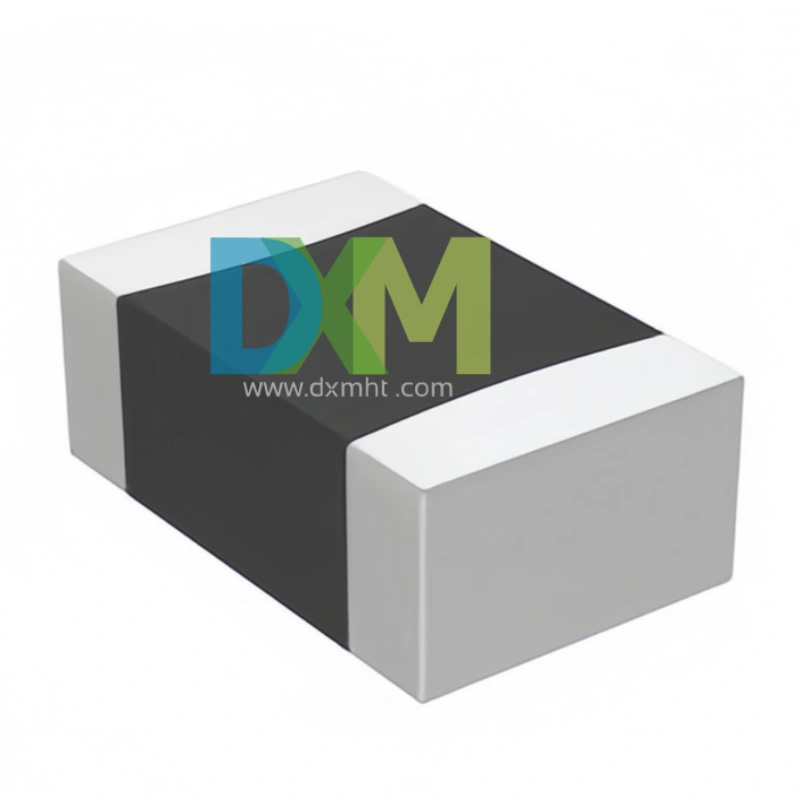
SMD Sensors: Advanced Temperature Sensing Excellence
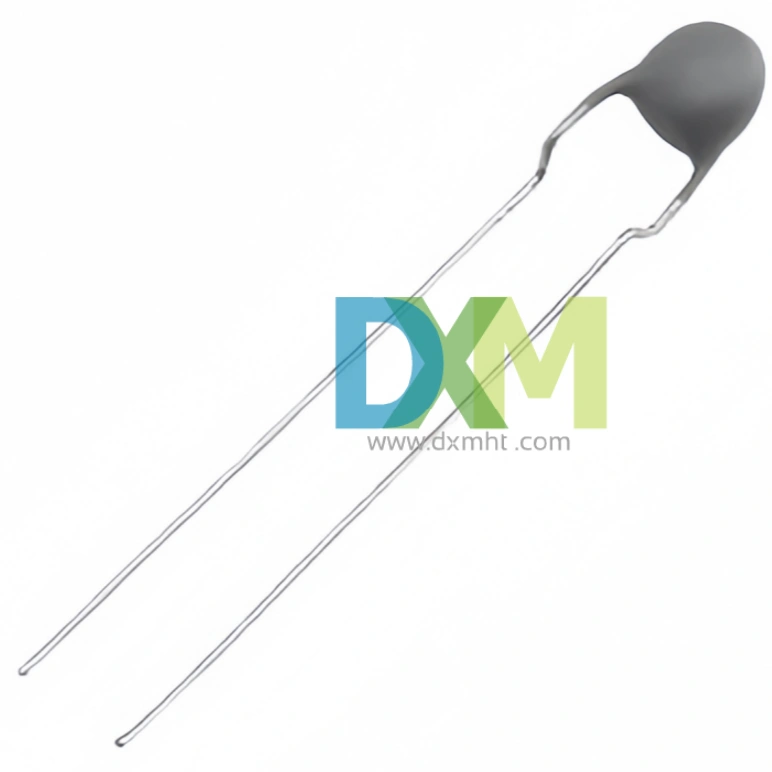
Thermistor PTC MZ11 Series for Light Efficient Design
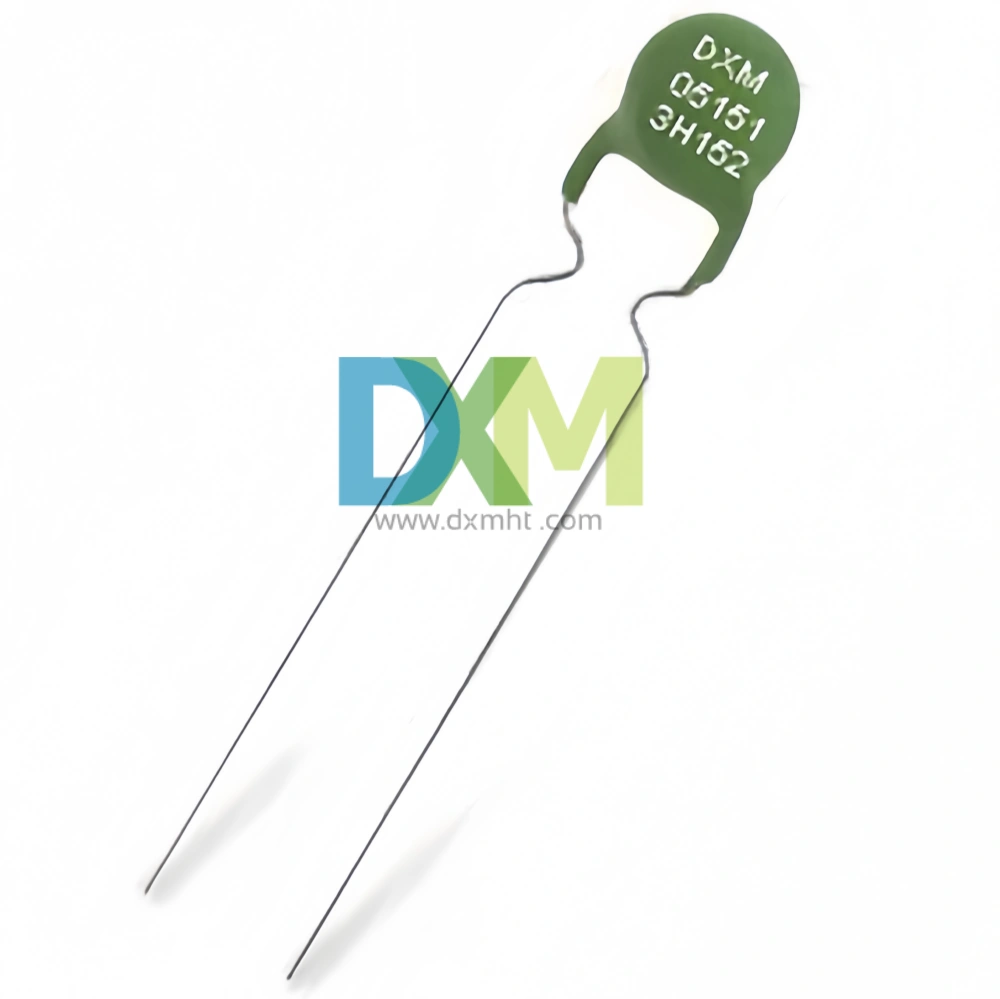
PTC Thermistors for Ballast Electronic and Energy Saving Lighting Intelligent Preheat Start MZ12 | DXM
Get in Touch
Discover premium thermistors, sensors, and resistors tailored to your needs.Our dedicated team of experts is available to assist with product selection, technical queries, and after-sales service. Contact us for custom solutions and experience exceptional customer support.
© 2024 DXM | Designed by gooeyun

 Scan QR Code
Scan QR Code
Scan QR Code
Whatsapp: +8618927361658
Shenzhen DXM Technology Co., Ltd.
DXM PTCNTC
Shenzhen DXM Technology Co., Ltd